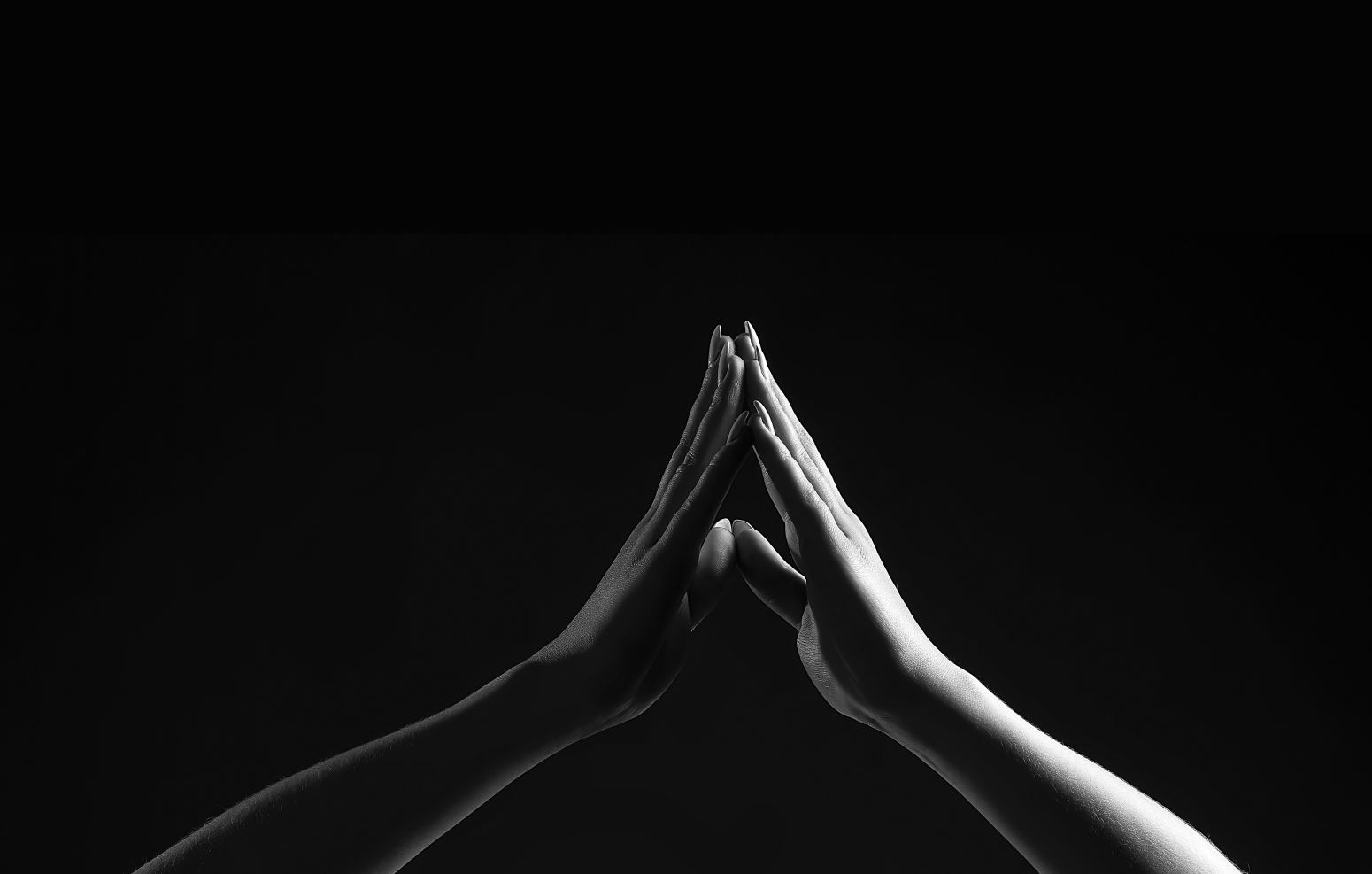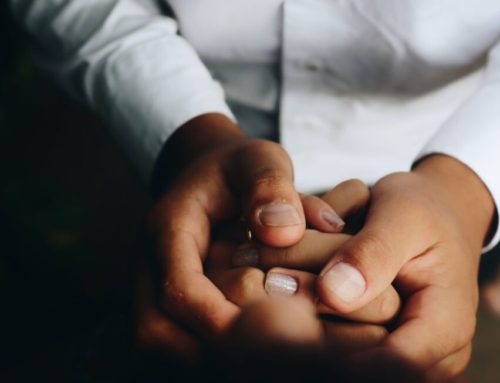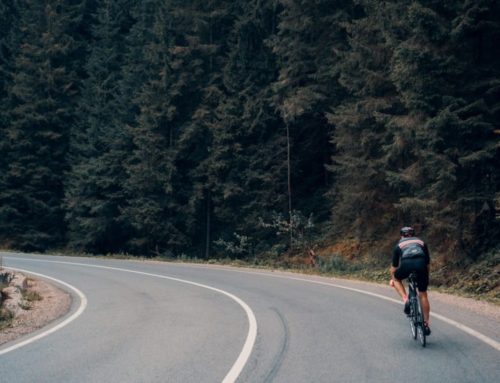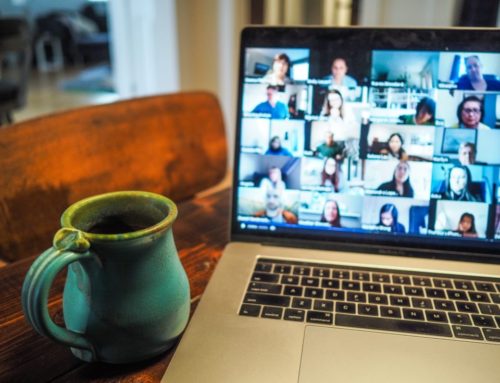We have a choice on whether or not we look at history and find lessons in its darkest moments.
This post was originally featured on ThriveGlobal.com
I grew up under the fading shadow of the Holocaust. The dimness it cast wasn’t always noticeable against the light and laughter of our family home in Queens, but stories of the war and the devastation it caused were still a quiet, acknowledged part of our history. Both of my parents were Jewish survivors; they met in Munich after the war ended and came to set down new roots in New York in 1949. My mother managed to survive the war by hiding in the Ukraine countryside and passing herself off as a Catholic girl. Her stories of this time were often vague, but she told me that she, as a left-handed girl, often would forget to cross herself with her right hand. It was a mistake that gave her away, though she ultimately managed to survive. Her parents, who had sent her away to safety, were killed along with her three sisters during Nazi occupation of Ukraine.
The events of the Holocaust uprooted my parent’s lives, families, and futures — but somehow, they didn’t wither. Instead, they came to America to start a new life, one that would have love and potential for growth. Throughout my life, I’ve made a point to value, acknowledge, and remember stories like my parents’. I saw it almost as a mission; something I had to do to not only respect the lives and stories of those who were lost in the tragedy, but to preserve a horrible history so that current and future generations would know never to repeat it.
And yet, I worry that we’re now seeing those patterns return in the very country that my parents turned to after fleeing persecution.
We’ve all seen photographs and read reports of the crisis at the southern border. Exhausted, hollow-eyed adults shuffle into standing-room-only cells; solitary children huddle under flimsy silver mylar blankets; parents with young families look through the wire of their chain-link pens as they sit on concrete floors and wait for freedom.
America is in the midst of a humanitarian crisis. Customs and Border Protection (CBP) data indicate a 338% increase in the number of families taken into custody at the border; yet, immigrant detainment centers are grossly overcrowded and undersupplied for the population increase. Reporters who have visited the sites report that detainees have limited access to soap, toothbrushes, and sleep. Cursory medical screenings often leave exhausted migrants susceptible to illness.
The detention-to-hospital pipeline is significant — according to a report from Border Patrol Chief of Operational Brian Hastings, the CBP sends an average of 63 people per day to get additional care. Sometimes, though, this intervention comes too late. At least six children have died while under CPB care in the last year, up from a zero-count of child fatalities over the previous decade. This number, however, doesn’t include the number of adults and children who die of illnesses contracted during detention shortly after their release.
In mid-July, Yazmin Juarez, a mother and Guatemalan citizen seeking asylum in the United States, testified before the House Oversight Subcommittee on Civil Rights and Human Services on the sickness and death of her nineteen-month-old daughter, Maria. The toddler had fallen sick during detention and died of her illness shortly after their release. “You don’t know the fear that mothers and children feel when we see children, in cages, hungry, cold, without the warmth of a home,” she told the committee during her testimony, “it is very painful.”
The trauma is unimaginable, and even more so for the fact that we have been here before. We have seen the protracted fear, the family separations, the illnesses — during the Holocaust, and in the Japanese internment camps of the 1940s. After a visit to a detention center in McAllen, Texas, California Representative Mark Takano told the Washington Post, “I was reminded of my parents’ experience in internment camps during World War II.”
For me, I hear Yazmin Juarez speak about losing her child and think of the family members who were taken from me, the hate that forced my mother to hide her identity behind a wrong-handed cross, and what might come if we don’t stop this trauma in its tracks.
I don’t claim to know what the answer to the border crisis is, or what changes to policy need to be made. When my parents applied for immigration, they had to wait in Germany — a country still reeling from anti-Jewish sentiment — for four long years after the war as they went through the formal legal process.
They were fortunate enough to be approved, eventually, but some of their family members were rejected. That is how the process should work; people should be able to apply legally, see fair consideration, and be confirmed or denied accordingly. Yet, the system that supported my parents is failing for many immigrants today. The flaws are evident; a U.S. permanent resident’s unmarried adult child, for example, currently needs to wait around 21 years to file an application for residency if they come from Mexico. People should be able to apply legally and hear a conclusion within a reasonable time — but the system is currently flailing.
Yet, the organizational difficulties we face don’t even come close to excusing the inhumane treatment we see today. This country gave my immigrant parents a home and a legal path forward when they fled theirs — and now, it’s caging those who search for similar safety without the reassurance of a clear, humane process. I don’t know the legal moves we need to take to stop family separations, to protect children, and to halt the trauma unfolding before us, but I do know that the matter before us is one of humanity and compassion, not policy. A person shouldn’t be separated from their family while in a detention facility, be forced to go without sanitation, fear disease, or worry that they will lose their child during the consideration process.
Writer and historian Masha Gessen, who has studied the social impact of totalitarianism in his home country of Russia, draws a parallel between the persecution of Jews during World War II and the treatment of Central and South American migrants today in an article for the New Yorker. He puts the matter bluntly, writing: “This is what happens first: a political force seizes the power to define its members as insiders and certain others as intruders. This is done in the name of protection of the motherland, which the newly marginalized are said to hate. Everything else follows.”
I have spent my life honoring the stories of those who lost their lives to the Holocaust. I thought that sharing those experiences, accepting them, was the only way that we could avoid such tragedies in the future. I still believe that wholeheartedly — but I have become more aware of how often we block out, overlook, and forget the stories that would guide us away from the events we see playing out on the border today.
Last year, when I led a trip to Holocaust historical sites in Poland and Ukraine, I took 40 people with me. During one of our first visits to a concentration camp, I was surprised to see a handful of people stepping back, turning away, and averting their eyes. Some left the building entirely.
After the tour, I went over to some who had left and asked why they had turned away. They told me that seeing evidence of the horrors of the Holocaust had been shocking to them, and too overwhelming to bear. In retrospect, that answer is understandable. But to me, at that moment, I was startled. I had grown up aware of the Holocaust; the stories we saw in Europe felt familiar, if still painful, for me. But I had been partially inoculated to the shock — I was able to face the truth of the past. How could I not? But for those who hadn’t been exposed to the trauma of those years, the revelation was too much.
Here, we find a core truth of human nature. Unless we are prepared for it and determined to bear it, we don’t want to see or feel trauma. We choose not to talk about it, or seek out history — and as a result, our children grow up with less and less knowledge of those hard-won lessons. We turn away, we cover our eyes, and we flip the page on the pain.
Will you flip the page on the border crisis when you finish reading this article?
Photographer John Moore, author of the photo book, “Undocumented: Immigration and the Militarization of the United-States Mexico Border” told reporters for CNN that “The issues of immigration and border security are so big they can seem overwhelming, but if we as a society look at these issues as human issues, then I think we can come up with more humane solutions. I don’t know that it will be done, but I think it can be done.”
I don’t know that it will be done, but I think it can be done.
The line haunts me.
We have a choice, now, on whether or not we look at history and find lessons in its darkest moments. We can identify the patterns that led to the Holocaust and Japanese internment; we can encourage our children to learn and respect the events of the past. But we need to make a conscious decision to do so.
I recently went to my mother’s hometown of Busk, just outside of Lviv, in Ukraine. It was beautiful, vivid even, with the bright green of the summer grass in the town square. It felt special to be there, to connect, foot to earth, with a place where my mother’s family was once rooted. I see the beauty of Lviv, and I think of the brightness of my family, my mother, and the life she might have had if the Holocaust had never crossed the town’s verdant square.
Then, I stop — because we need to remember the dark parts of history, even as we embrace the light and beauty of our current moment. It is the only way to stop those cruelties from coming back in a new form.
So, please — return to your histories. Face the horrors of the Holocaust, teach your children about the traumas of Japanese internment. Stop covering your ears and watering down your histories. When you walk through that metaphorical town square, take a moment to acknowledge the history that unfolded where you stand. Encourage your friends and family to be brave enough to look at the darkest parts of our history and see it — if only to boost our chances of someone looking to the border crisis and saying, “We’ve been here before. This needs to stop.”
I don’t know that it will be done, but I think it can be done.
With all my heart, I hope it will.






